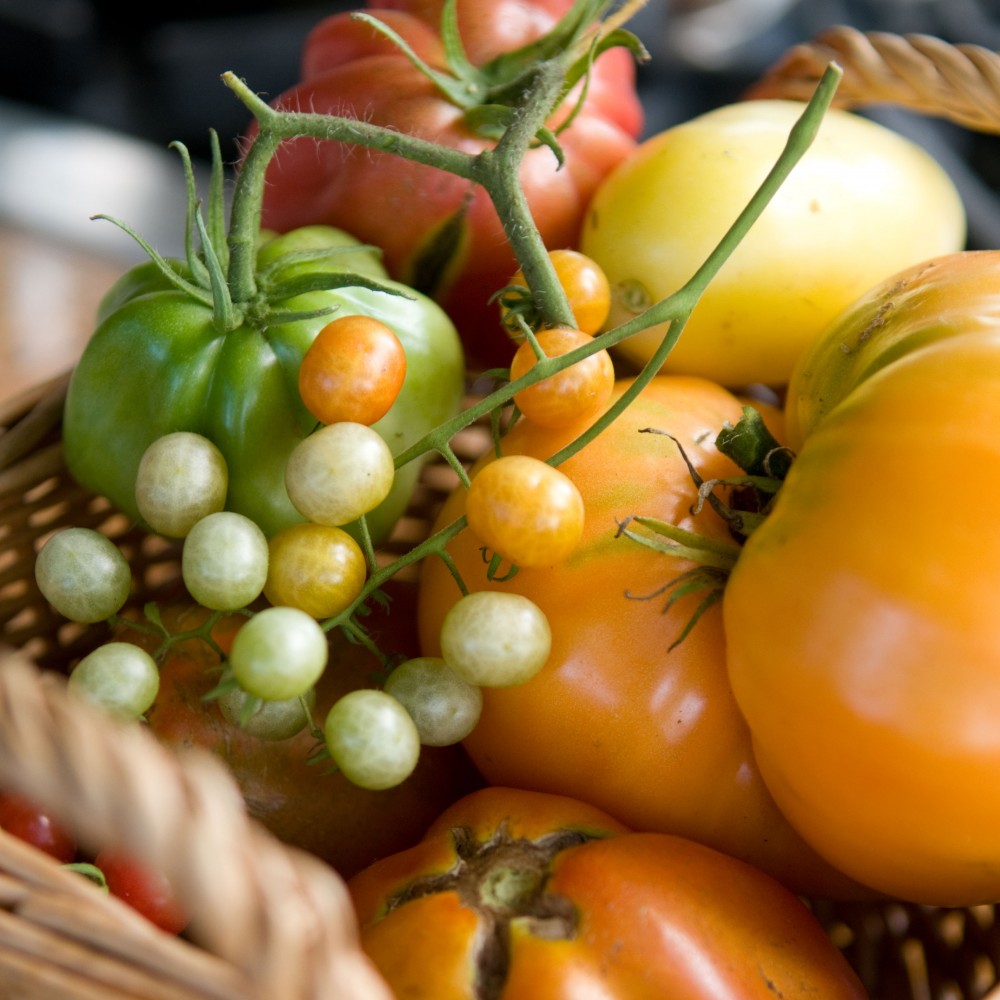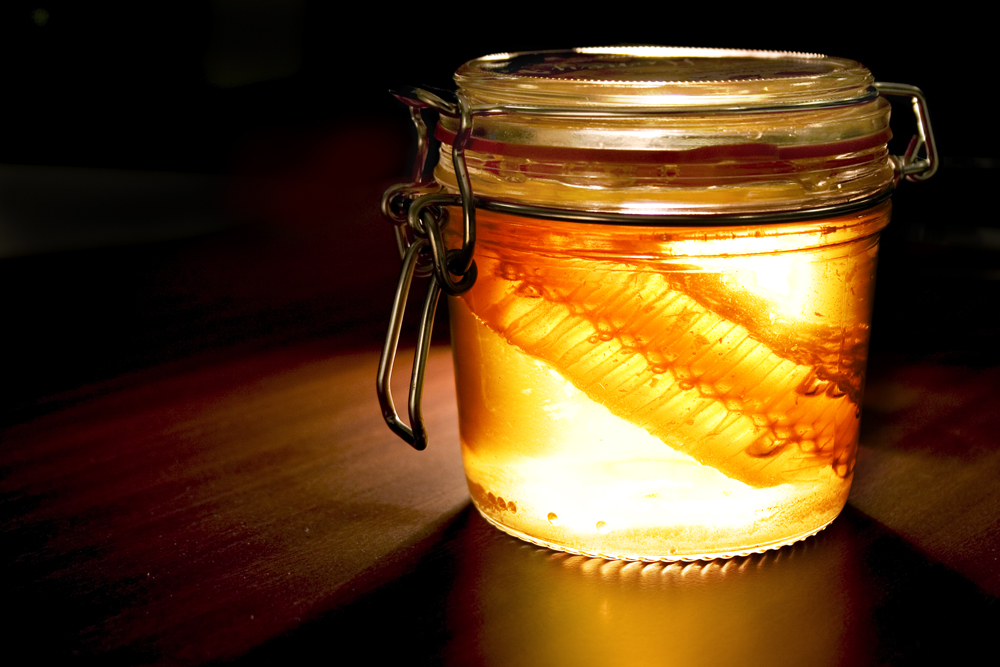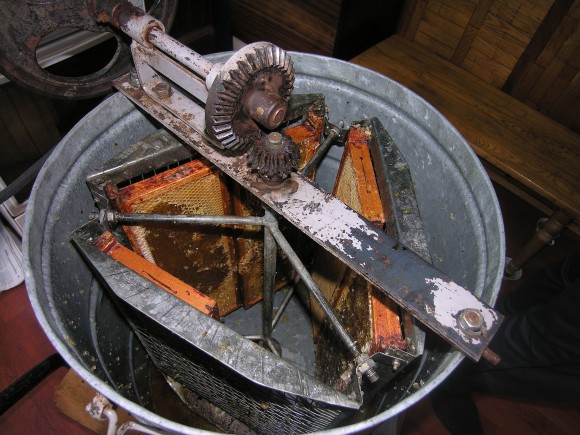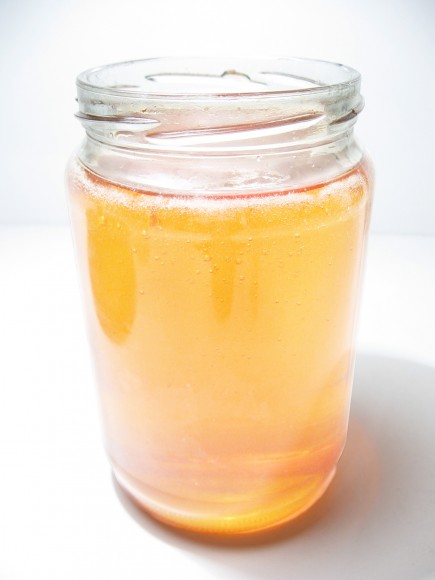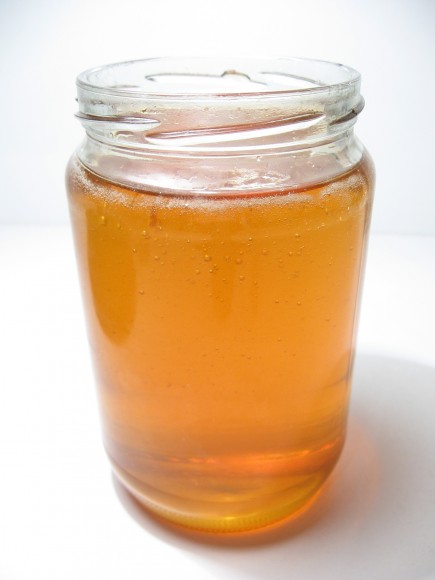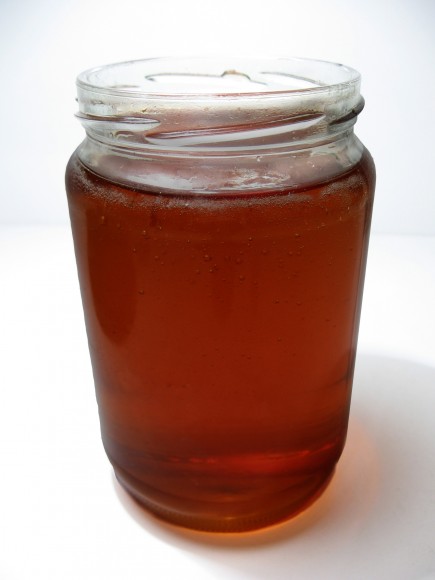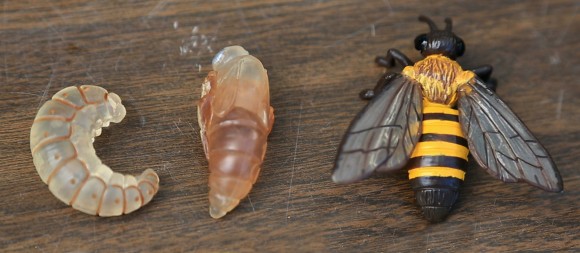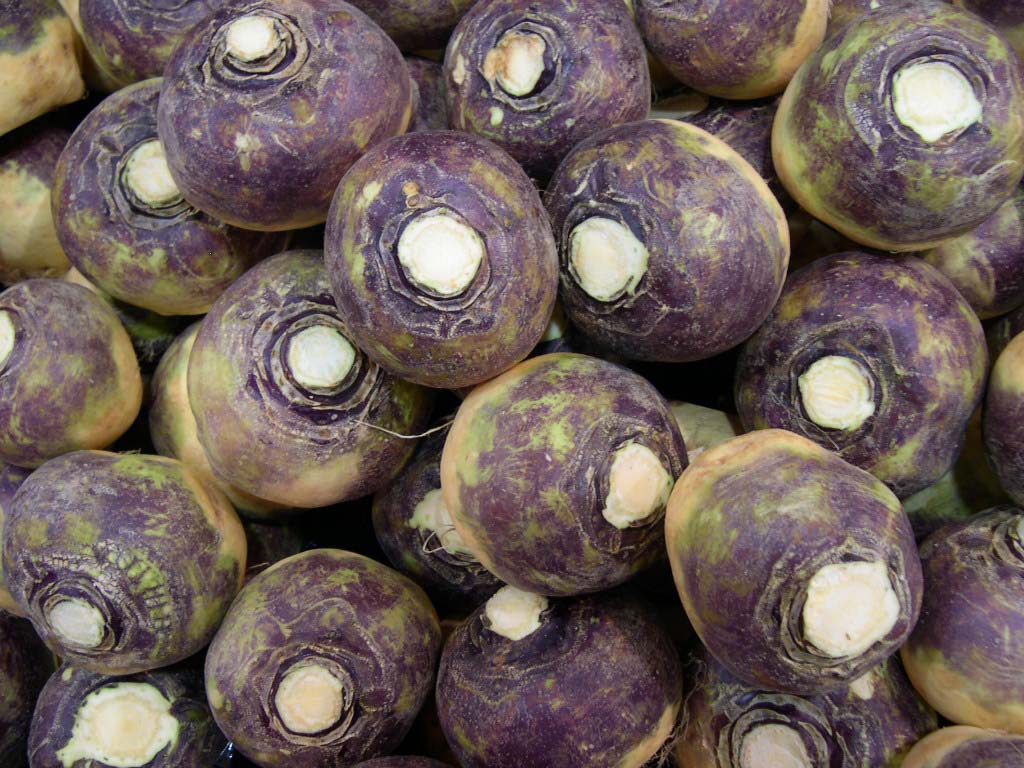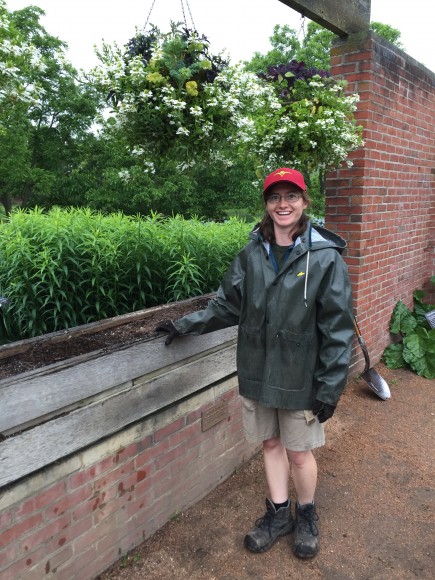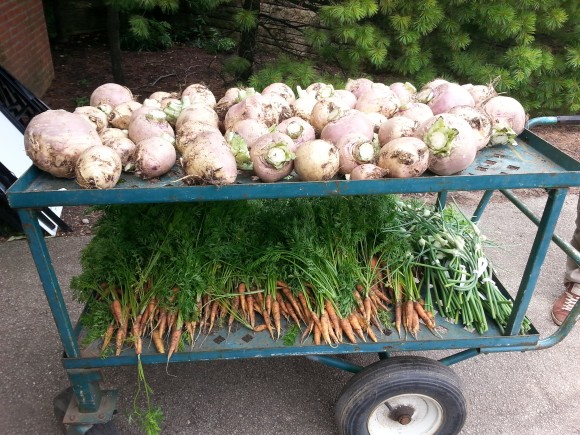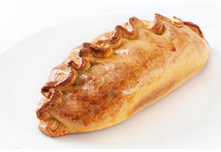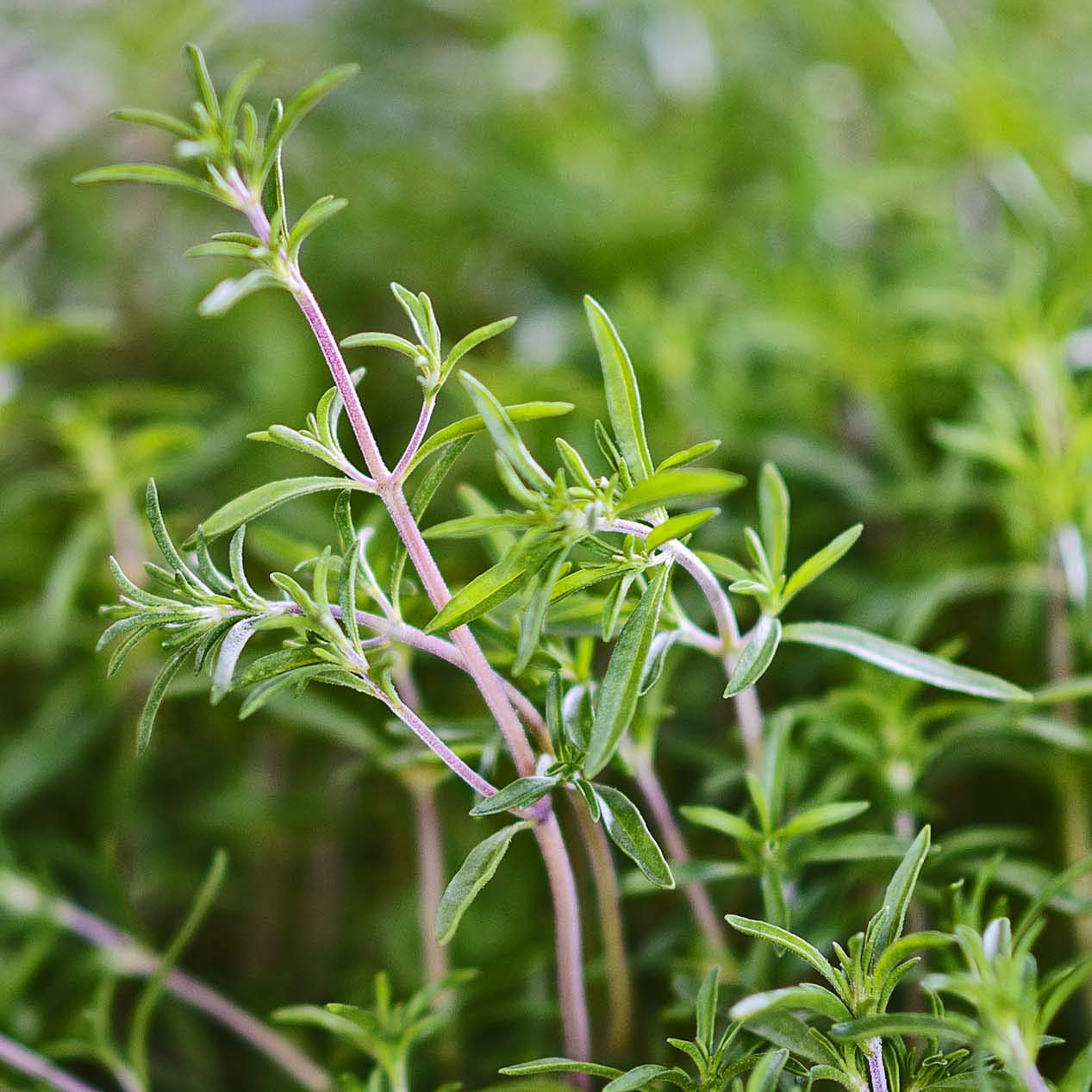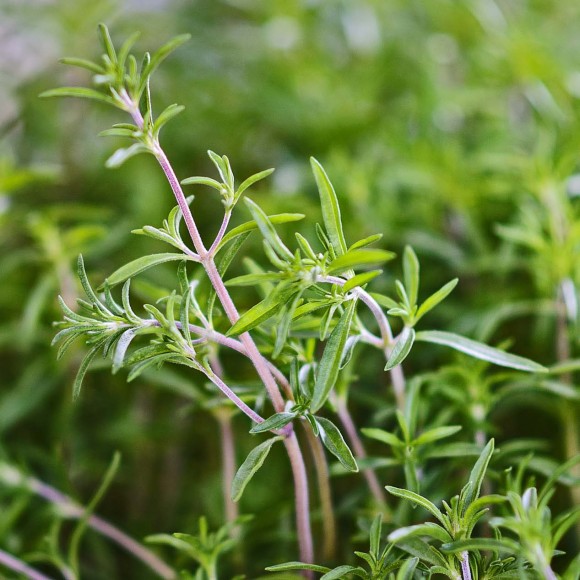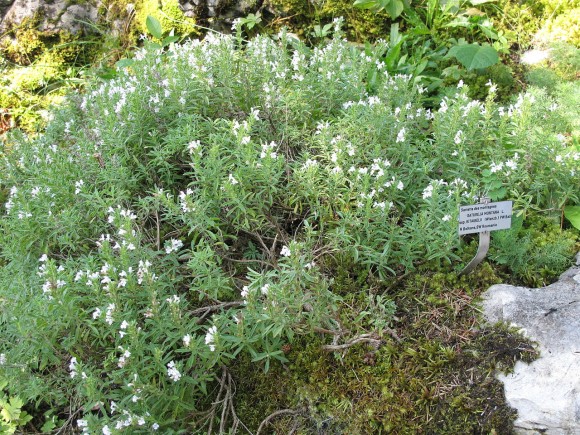The Chicago Botanic Garden’s Seed Swap is timed perfectly. As I type this blog, there is snow covering the ground. We’ve not had our mail delivered in days (this is, after all, Raleigh, N.C., where snow is a dirty word). But indoors, armed with seed catalogs, vials, and notebooks, gardeners everywhere are immersed in planning and planting.
That’s why I am so excited to be bringing my tomato stories and seeds to the Seed Swap.
As always, I hope to learn as much from the audience, fellow bloggers, and swap participants. One of my favorite things about gardening is the ability for all who partake to learn new and exciting things to share. It is one of those unique pursuits that no one can do perfectly or predictably. The renewal of each season fires up hope and optimism, and helps us to keep going year after year.
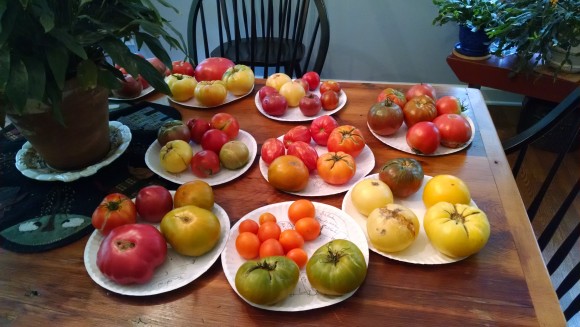
Sign up for my free lecture at the Garden on February 28. Don’t live in the Chicago area? Find more National Seed Swap Day events nationwide in January and February.
Seed swaps are just marvelous events which represent far more than just entering into a fun, interactive way to build seed collections. Seeds are the future—as in flowers, vegetables, or herbs for your garden. Seeds, perhaps even more significantly, are the past. They are a direct way to pass on a bit of history, as well as a bit of your own effort, if the seeds happen to be those that you saved yourself. When passing on seeds, be sure to also pass on whatever history and information that you’ve accumulated along the way.
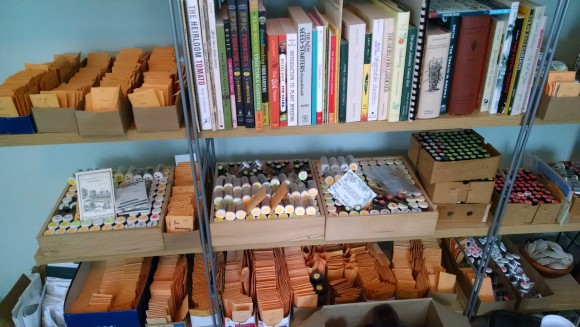
I’ve got a “small” collection of seeds saved and sent through my 35 years of gardening (if you call more than 5,000 samples of seeds small, that is). There will be some fun, interesting, historic varieties among the packets that I will bring to share at the swap event. I like to tell people that it recently came to me that heirloom tomatoes chose me to be one of their ambassadors. How else can I explain the unsolicited gifts, in the form of letters with packets of seeds, which populated my mailbox in and around 1990? Among them are Anna Russian, Mexico Midget, and two varieties that came to me unnamed—Cherokee Purple and Lillian’s Yellow Heirloom. It is a role I relish, and serve gladly and enthusiastically. I am joined in this by so many—Carolyn Male, Amy Goldman, Bill Minkey, and Calvin Wait, just to name a few of those whose books and/or seed-saving efforts have been but a small part of making this perhaps the very best time for tomato enthusiasts to paint their gardens with such an array of colors, shapes, and sizes.
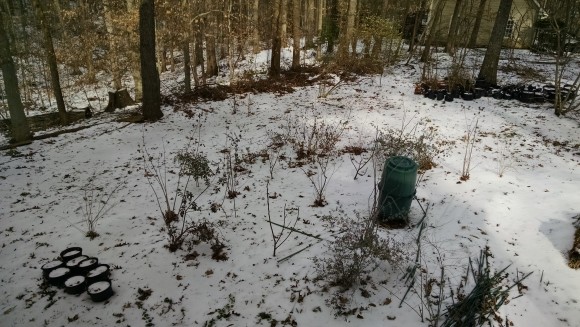
The challenge of planning is that there is always more to grow than can reasonably fit. Some succeed better than others at narrowing things down. It is a good thing that tomato seeds will keep germination for at least a decade; it helps to ease the pressure of over buying. Hey—how about swapping for some of those extras! Whoops—that means I will then have even more to choose from. Great!
Sources for Craig’s seeds:
- Victory Seeds
victoryseeds.com/dwarf-tomato-project.html- Sample Seed Shop
sampleseeds.com- Heritage Seed Market
heritageseedmarket.com
As far as what to grow, how does one navigate the confounding waters of tomato choices? Part of that answer lies in the intent of the garden—primary food source, tomato playground for testing or projects, or just one part of a greater whole with many other types of crops. There are choices of heirloom or hybrid, indeterminate or dwarf, and then the more fun projections such as colors and flavors. It all adds up to some pretty intense dreams—both during the day, and for me, occasionally while I sleep.
And so, Chicago, here I come. From lunching with bloggers and sharing gardening ideas and battle scars to my main talk where I can entice you with pictures of my conquests (and challenges, because they are unavoidable), and finally some time to swap seeds and stories, ask and answer questions. I will be happy to share the list of my favorite varieties and why. And stories—lots of stories, because many of the tomatoes I cherish, most have wonderful stories. Each summer, as I cast my eyes over my garden, I envision the faces and names of those who sent me seeds just as much as the appearance of the plants and the excitement of the tomatoes to come.
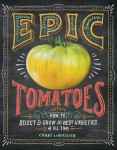
In the meantime, come on along on my journey by checking out my website at craiglehoullier.com. I will soon be blogging about seed starting, making choices, and anything else that pops into my mind. There is info about my books, my upcoming events, and the Dwarf Tomato Breeding Project, from which some swap samples will be made available.
©2016 Chicago Botanic Garden and my.chicagobotanic.org

